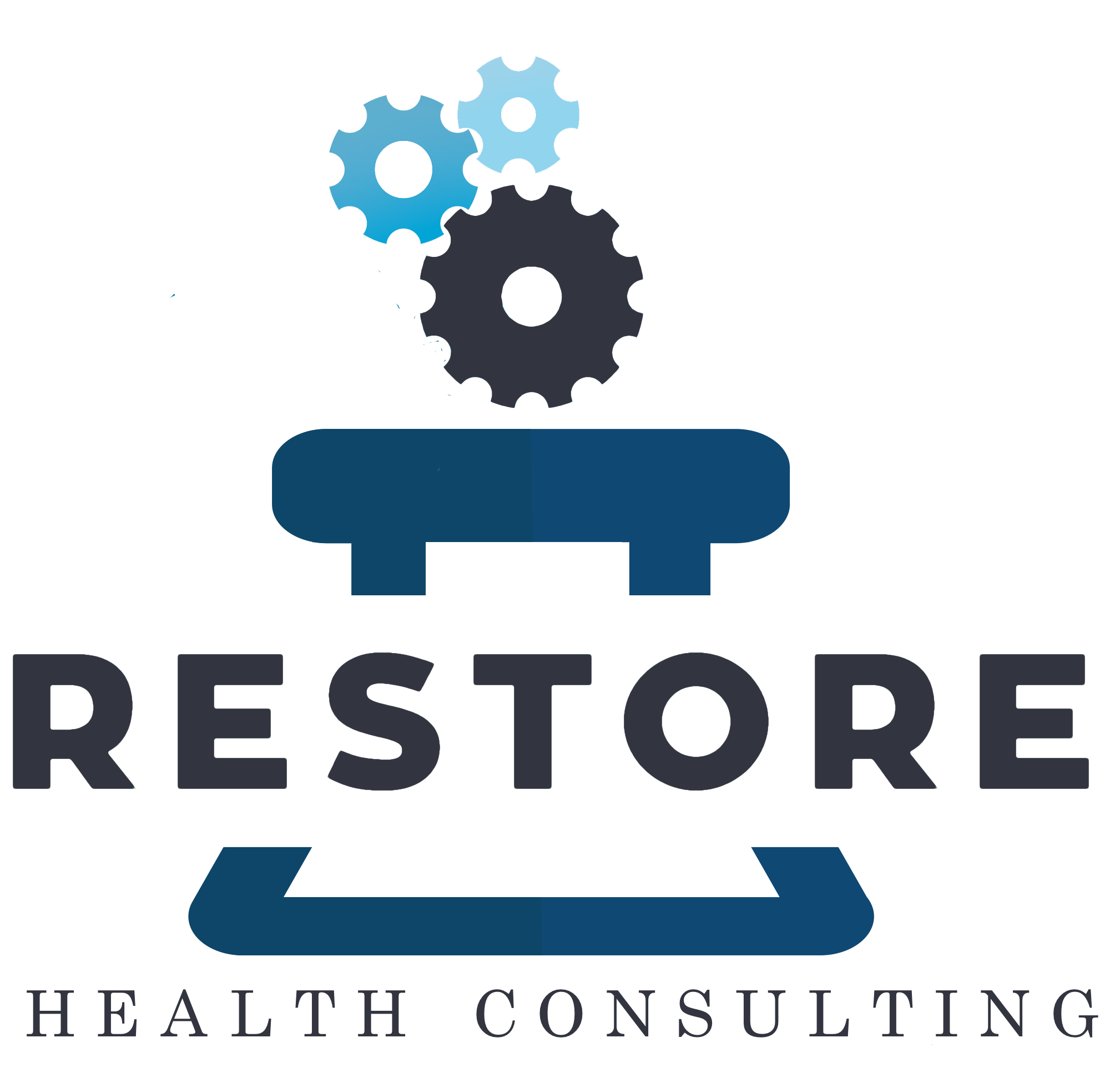Current Good Manufacturing Practice—Guidance for 503B Outsourcing Facilities
Last week, the Food and Drug Administration announced the release of a revised draft guidance describing current good manufacturing practice (CGMP) requirements for 503B outsourcing facilities. The document provides direction and details as to how 503B’s can stay compliant with the Agency.
Are you compliant?
Highlighted CGMP Policy Updates:
Continuous pressure differential monitoring with built-in alarms is required. Some 503B firms that started as 503A pharmacies may still be using magnehelic gauges that are not continuously being monitored and are now outdated.
503B’s must validate the effectiveness of disinfectants used. This is to confirm the contact time specified in your cleaning procedure kills standard ATCC organisms as well as organisms specific to your firm.
Product residue monitoring may be necessary to ensure cleaning and sanitation programs are effective and containment is maintained. This is especially important if not using dedicated or single-use compounding tools and receptacles.
Procedures should establish the validity of each growth medium, including its growth potential. For example, each lot of TSA, SDA, or other media plates should be confirmed that they can grow standard related organisms so you know they actually work and don’t lead to false negative EM results.
Outsourcing facilities should have a quality agreement with each supplier. This is important if your firm receives supplies not meeting release criteria that must be returned and investigated.
Equipment must be qualified as capable of performing the intended functions or operations before first use, and procedures for routine calibration and maintenance must be established and followed. Ask the quality department or equipment manufacturer if a particular piece of equipment requires IQOQPQ, standardization before use, calibration before use, daily calibration, weekly calibration, monthly calibration, biannual calibration or certification. It could be the equipment has not been properly qualified, certified, or calibrated for its intended function and requires immediate remediation.
Scientifically sound and appropriate specifications must be established for the components used in each drug product. For example, what is your firm’s particle limit for vials or syringes used as the container for an injectable drug product? What level of bioburden and endotoxin are acceptable in the API used in an injectable drug? What is an acceptable limit for heavy metal impurities of an API used in in an injectable drug? Which API manufacturer(s) have stability and validation data associated with this drug product? Do not merely purchase the cheapest or widely available component and adopt the manufacturer’s specification. This could get you in to trouble when selecting API’s or container-closures for parenteral use that do not meet quality standards for the intended use of the drug.
Sub-visible particle counts (USP <788>) should be performed as part of release testing. Many firms conduct USP <788> for stability studies and validation, but some have not done this for release testing.
Analytical contract laboratories used should be ISO 17025 accredited. When conducting the next laboratory re-qualification, ask to see this credential.
Provisions are granted for limited stability studies.
A major positive and exciting section of this guidance was the several provisions granted for abbreviated stability and batch release testing as it relates to small batch sizes. The idea is to help 503B facilities serve small batch needs by having less up-front compound development investment costs. These provisions could also potentially attract more 503A interest in converting to a 503B.
The topics highlighted in this article are just a small sampling of CGMP compliance policies that may not have been obvious to some 503B’s in the recent past. Firms that have been around since at least 2017 may already be aware of many of these points through recent FDA inspections and the receipt of 483’s. But for others, it is advised to conduct a gap analysis of current deficiencies related to this guidance document in preparation of the next FDA audit. In addition, firms must exercise caution in deciding to follow this guidance document as it relates to analytical testing provisions. Guidance documents do not supersede Current Good Manufacturing Practice for Finished Pharmaceuticals (21 CFR Part 211) or state Boards of Pharmacy laws. For example, Restore Health Consulting has confirmed that certain states still plan to inspect 503B firms as per CGMP as defined in 21 CFR Part 211. This would mean the analytical testing provisions of this guidance would not be acceptable in those states. Seek guidance of a 503B specialized lawyer or compounding pharmacy consultant who has kept abreast of the current regulatory climate related to this topic.
